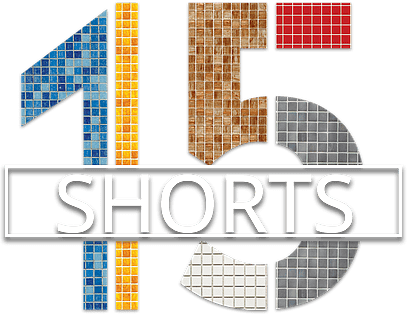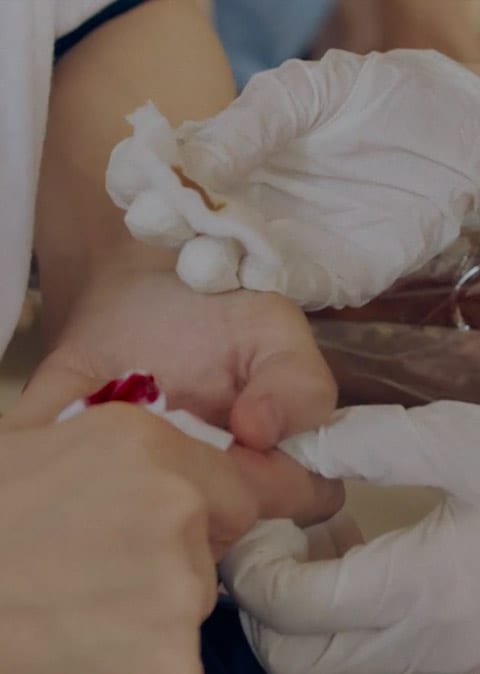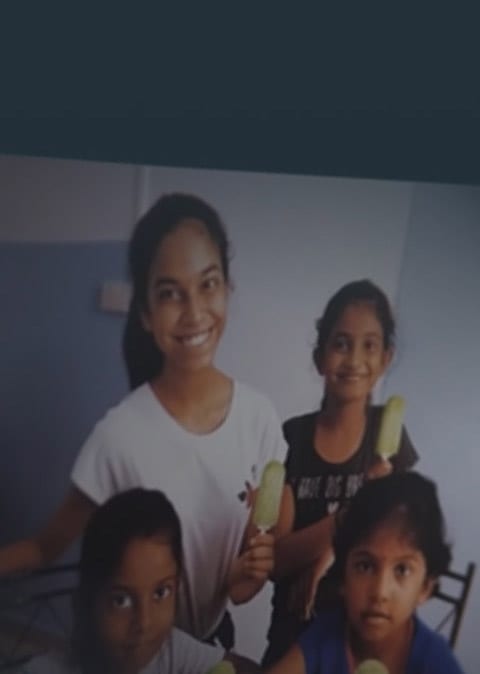Everyone is a part of a community. Whether you are a leader or a member, trust is an important factor in determining your community’s longevity. Trust enables community members to feel safe and develop a sense of belonging to the group; it enables strong relationships and creates reliability and goodwill that go a long way in helping the community grow together as members feel safe and open to taking risks. Building and maintaining trust in the community should thus be a priority for community leaders.
TRUST IS A BASIC INGREDIENT OF COMMUNITY LEADERSHIP
A lack of trust may start from a small, isolated incident, but can quickly trickle through the community and impact many. Mistrust can happen at all levels of your community, between peers, towards leadership, towards members, and towards organisations. Leaders—management of companies, leaders of volunteer organisations, heads of interest groups etc—play an important role in building and rebuilding trust, as they set the direction, tone, and culture for the rest of the members to follow. Mistrust leads to negative, unconducive environments and eventually leads to members leaving the community. If the issue is prolonged, it may even result in reputational damage.
But how do you restore trust when it is broken?
As part of NVPC’s Community Leadership series, we discussed the issue with three community leaders. Here’s what they had to share:
LISTEN. FOLLOW UP. APPRECIATE.
For Andrew Ong, the co-founder of Break the Cycle, building trust begins with listening. Leaders should be open-minded and be willing to embrace feedback and suggestions from community members. This helps to boost your members’ confidence, signalling to them that they are reliable and valuable.
Next, leaders should follow up with the feedback given to them, as it shows genuine interest. Even if you do not agree with their feedback completely, making an effort to follow up shows that you have listened to your members and you trust their input.
Finally, leaders should appreciate community members by recognising their contributions to the community. Altogether, this Listen—Follow up—Appreciate approach creates a constructive environment where trust can be developed.
Andrew applies this approach in his community in Break the Cycle, a ground-up initiative that uses cycling to break the cycle of recidivism in Singapore. Cycling as an activity facilitates trust and kindness among members, as cyclists have to take care of one another, encourage, and cheer each other on while on the road. This activity builds teamwork, which in turn fosters trust among members during rides. This trust then extends to other aspects of the community’s relationships, creating a comfortable environment for members to rely on each other.
What happens when trust is broken?
In such instances, Andrew shared that such crises are opportunities to show others the values of the community. By continuing to build genuine relationships, it helps others to see the authenticity of the community. This lets them, in their own time, make their own decisions to trust again, based on concrete actions they observe and believe in.
BUILD CREDIBILITY THROUGH CONCRETE ACTIONS
Like Andrew, Swati Mathur, the managing director of Common Purpose, believes that to build trust is to build credibility through actions. What you do is most immediately seen by others and will affect how your members perceive you. Trust is then built when others believe they can rely on you for credible support. This happens on an individual level, and inevitably affects the community as a whole.
As a community leader, you are an ambassador for the community and your individual action often affects how members view the organisation. Community members often look to leaders for directions on how to deal with interpersonal problems that may arise within the community.
Bringing in a perspective from the corporate world, Swati shared how team leaders have an additional accountability to their members and need to tread carefully on issues of mistrust within the team. Teams are dynamic and different personalities bring their own characteristics to the table. Hence, there is bound to be tension and differences, so it is essential to recognise individual motivations when assessing difficult situations.
For instance, you may receive feedback from your team that a particular member is untrustworthy and unreliable, pulling the team’s effectiveness down. As a leader, you should take a step back to find out what the team member’s motivations are, and how they are affecting their work with other members. Through this conversation, you can better understand the situation from a different perspective, and also show that you trust them to improve. You can then lead a discussion on what needs to be changed in order to rebuild trust within the team.
It is important to understand the team member’s motivations in order to unpack the root of the problem rather than merely providing knee-jerk reactions to symptoms. As leaders, your approach to the matter will also affect the trust within the team moving forward.
THE ABCDs OF TRUST
During the workshop, Dr Danny Tan, CEO and founder of Odyssey Dance Theatre Ltd shared the ABCD Trust Model developed by American author and motivational speaker Ken Blanchard:
- Ability:
By showing ability and expertise, others can begin to trust you as you have proven your competency.
- Believability:
Actions speak louder than words. By displaying honesty and acting with integrity, others will believe in your values and trust that their participation in the community will not harm them.
- Connectedness:
Through communication and genuine interest, leaders can show that they are involved on the ground. This is especially important in the non-profit sector to understand current and relevant situations. Others are able to trust community leaders better knowing that they are aware and connected to real issues.
- Dependability:
Being reliable in offering services and support when needed proves to others that they can count on you. They will be more willing to trust that your promises will be delivered and that agreements made are respected.
This ABCD Trust Model helps to build mutual trust amongst community members, and provides a framework to reference when discussing ways to improve. Community leaders can work on these four areas to create positive relationships with members in their community.
For Danny, it’s about building a culture of trust. Although leaders may have varying relationships with different individuals in the community, it is still important to continue journeying with your members to build a long-lasting trusting community.
Main Takeaways
Maintaining trust is the foundation of a healthy, growing community. To build trusting relationships, follow these steps as shared by Andrew, Swati, and Danny:
- Listen, follow up, appreciate
- Be genuine and give others time to trust again
- Show credibility through concrete action
- Follow the ABCD Trust Model
Watch the recording of our Community Leadership Series on Trust issues in the Community,
and check out these helpful resources for more tips on growing your community.





















